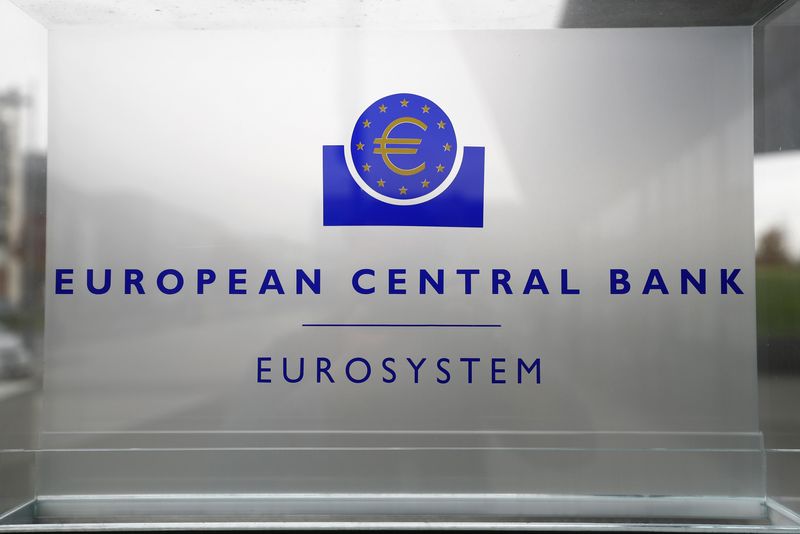FRANKFURT (Reuters) - European Central Bank policymakers began this week a debate on evening out the "corridor" between the ECB's three interest rates, in a first step towards an era in which money is scarcer, five sources told Reuters.
The change, which was parked for now and is also unlikely in July, would be part of the ECB's transition from an era of easy money to one in which banks are no longer replete with cash and need to borrow it from the central bank.
The issue was raised at a seminar held by ECB staff on Wednesday, the first day of a policy meeting that saw the ECB raise rates to their highest level in 22 years and wind down a money-printing programme to fight high inflation.
An ECB spokesman declined to comment.
The ECB currently pays banks a 3.5% interest on their deposits while lenders can borrow from the central bank at 4% for a week and 4.25% overnight.
Staff presented the option of making the spreads between those rates equal, as they were until 2014 when the ECB started pushing the deposit rate below zero and pumping cash into the system to revive inflation that was then too low.
The move would be part of a broader review of the ECB's framework, in which it will decide how much excess cash it wants to keep sloshing around the banking system.
Policymakers quickly discarded the issue as most of them felt it would blur the policy message and make little difference for now, as banks still have plenty of reserves and borrow very little from the ECB, the sources said.
They also argued that their hands were full with interest rate hikes and a cut in the bank's balance sheet.

But the topic was set to become more relevant in the coming months as liquidity is drained from the banking system.
This will happen as the ECB stops replacing some of the trillions of euros' worth of bonds that it bought during nearly a decade of stimulus and banks repaying their loans.